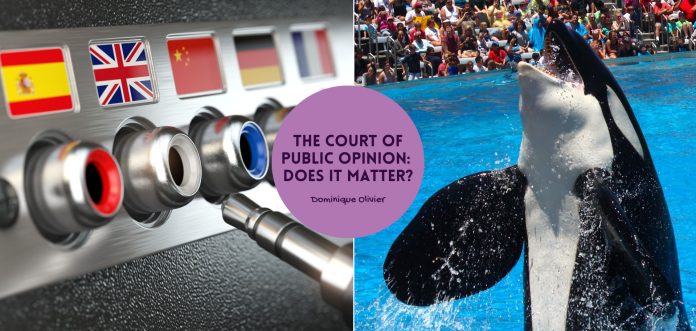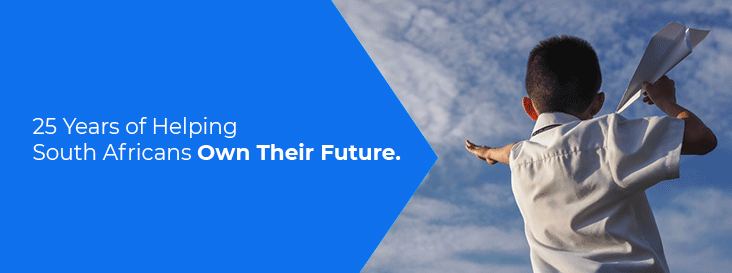Public backlash may be loud, but it appears as though capitalism has noise-cancelling headphones.
A few years ago, I watched a documentary film that left an indelible impression on me. Titled Blackfish, the film focuses on the story of Tillikum, the captive orca whale responsible for the deaths of three people (two of which were trainers) at SeaWorld Orlando. At the time (somewhere in 2013), it felt like a cultural reckoning. Public backlash was swift: celebrities tweeted, public opinion nosedived, and SeaWorld’s stock price did a painful bellyflop. Surely, I thought, this would mean that the days of synchronised hoop jumps were numbered. SeaWorld would have to cut their losses on the whales and pivot into a less risky mode of entertainment if they wanted to stay in business, right?
Imagine my surprise when I saw a headline last week: SeaWorld Orlando has been ordered to pay a fine of $16,550 by OSHA (Occupational Safety and Health Administration) after a trainer was injured by an orca in September 2024. That’s 11 years after the release of Blackfish. Tilikum himself may have died in 2016, but the show is apparently still going on.
To me, this begs a difficult question: what exactly is the half-life of public outrage these days? Is the “court of public opinion” just a sternly-worded press release with no follow-through? If a company can take the reputational hit, pay a fine and get right back to business as usual, did it ever really matter that people got upset?
A word from the bird
If you want a more recent example of public outrage directed at a business, you don’t have to look much further than the debacle that Duolingo is creating.
The language-learning app with the cheeky green owl mascot has gotten itself on the wrong side of the public after sharing that it was going to replace contractors with AI and become an “AI-first” company. It’s not hard to see why users don’t love this idea. For years, Duolingo’s lessons were crafted by real people: linguists, translators, and educators, all of whom helped to bring cultural nuance and personality to the content. In a recent press release, the company’s co-founder and CEO Luis von Ahn wrote: “Developing our first 100 courses took about 12 years, and now, in about a year, we’re able to create and launch nearly 150 new courses. This is a great example of how generative AI can directly benefit our learners. This launch reflects the incredible impact of our AI and automation investments, which have allowed us to scale at unprecedented speed and quality.”
Scale may be accelerating, but goodwill is definitely lagging behind. Users have taken to social media to voice their frustration, with many claiming to have deleted the app and urging others to do the same. The backlash reached such a pitch that Duolingo quietly wiped its TikTok and Instagram accounts, despite their combined 10 million+ followers. Both platforms had become less about language memes and more about AI-driven outrage.
Scroll through the comment sections of any recent Duolingo post, and you’ll find that the conversation has veered sharply off-script. A light-hearted video hopping on the “Mama, may I have a cookie” trend was quickly derailed by replies like: “Mama, may I have real people running the company” and “How about NO AI, keep your employees”. Another video, featuring How to Train Your Dragon’s Hiccup, got the brutal comeback: “Was firing all your employees and replacing them with AI also a hiccup?”.
But not all the comments were tongue-in-cheek. Some were pointedly serious. “Using AI is disgusting,” wrote one user. “Language learning should be pioneered by PEOPLE. By making this decision, Duolingo is actively harming the environment, their customers, and employees when it hurts the most”. Another chimed in with: “What kind of audience do you think you’ve built that it’s okay to go ‘AI first’? We don’t want AI, we want real people doing good work. Goodbye, Duo. If this is the way you’re going, you won’t be missed”.
Then there were the heartbreakers: “Deleted Duolingo last week. A 650+ day streak never felt so meaningless once I saw the news”. It’s one thing to lose a customer. It’s another to make them feel like their dedication was pointless.
None of this backlash seems to be hurting where it counts though. Duolingo’s latest earnings report shows 130 million monthly active users, up 33% from last year. Paid subscribers jumped 40%. Revenue is up. Profit is up. Recent conference presentations make no mention of waves of cancellations. And the stock nearly tripled in the past year. The owl may have been roasted in the comments, but on Wall Street, it’s soaring.
Apparently, you can fire your staff, upset your users, mute your social channels and still make a decent profit.
SeaWorld: still fishy
It’s no surprise that SeaWorld has plenty of feelings about Blackfish, and none of them are positive. In the wake of the film’s release, SeaWorld Entertainment’s second-quarter net income plummeted 84%, from $37.4 million in 2014 to just $5.8 million in 2015. Revenue slid by 3%, and attendance dropped by 100,000 visitors, a 2% decline compared to the previous year.
SeaWorld initially tried to brush off the hit, blaming the dip on an uncooperative Easter calendar, bad weather in Texas, and a vague category it called “brand challenges” in California. Notably absent in its reporting was any mention of Tilikum (who seemed quite determined to live up to the “killer whale” moniker) or the film that had by then become a cultural flashpoint.
Still, the company spent $15 million on an ad campaign to do some narrative damage control, spotlighting their marine research and conservation efforts while quietly sidestepping the more uncomfortable parts of the story. None of this fooled stockholders though, and by 2020, SeaWorld settled a $65 million lawsuit brought by investors who alleged they’d been misled about the documentary’s real impact on attendance. That legal chapter closed, but the public scrutiny didn’t.
Under pressure, SeaWorld announced it would end its orca breeding program in 2016, declaring that the current generation of whales would be the last under its care. A symbolic shift, though not an immediate one, since Takara, one of the orcas, was pregnant when the announcement was made.
SeaWorld’s theatrical orca shows officially ended in San Diego in 2017, and in Orlando and San Antonio by 2019. If you’re confused by those dates, you’re not alone – I was also wondering how a trainer could have been injured by an orca at a show in 2024 if the shows supposedly ended five years prior. Turns out it’s a matter of semantics: the “theatrics” may be gone, but the orcas are still performing in what SeaWorld now calls “educational presentations”. Fewer flips, perhaps. Same tanks, and same paying audience though.
As for the whales themselves, SeaWorld says they can’t be released, and that’s likely true. Many were born in captivity, and the ones that weren’t have long since lost any realistic chance at survival in the wild. Still, with lifespans reaching up to 30 years, we’re likely to see these so-called educational encounters continue for quite some time.
Outrage is noble, but tiring
In the end, Blackfish didn’t sink SeaWorld, in the same way that Duolingo’s AI-pivot (probably) won’t kill the owl. Both were just forced to rebrand. In the case of SeaWorld, the company adapted, the outrage faded, and the system absorbed the shock. That’s the rhythm of modern scandal: loud outcry, a dip in profits, a flurry of statements and settlements, and then… business as usual. It’s not that people stopped caring – it’s that caring competes with everything else demanding our attention.
As for markets, they care even less. They don’t hold grudges. They reward resilience, reinvention, and just enough change to keep the wheels turning. If there’s a lesson here, it’s that public accountability has a short shelf life, but corporate survival tactics are built to last.
About the author: Dominique Olivier

Dominique Olivier is the founder of human.writer, where she uses her love of storytelling and ideation to help brands solve problems.
She is a weekly columnist in Ghost Mail and collaborates with The Finance Ghost on Ghost Mail Weekender, a Sunday publication designed to help you be more interesting. She now also writes a regular column for Daily Maverick.
Dominique can be reached on LinkedIn here.




